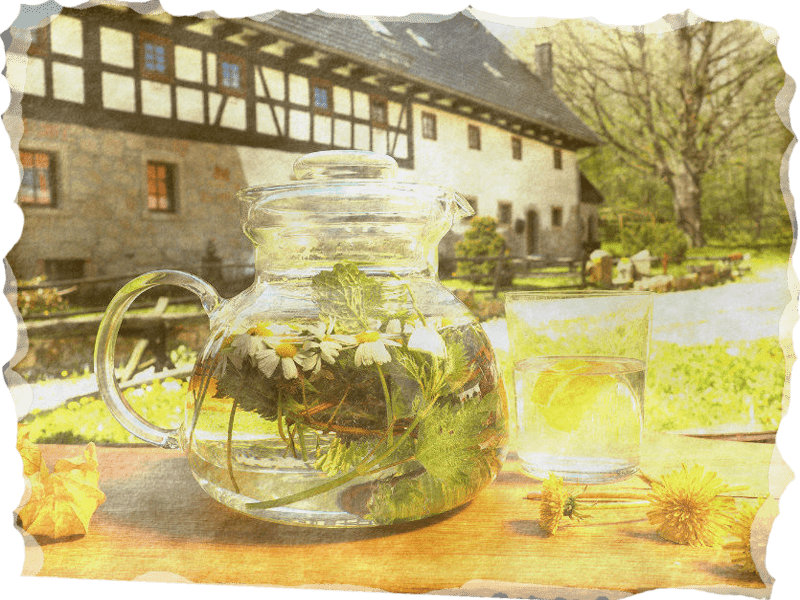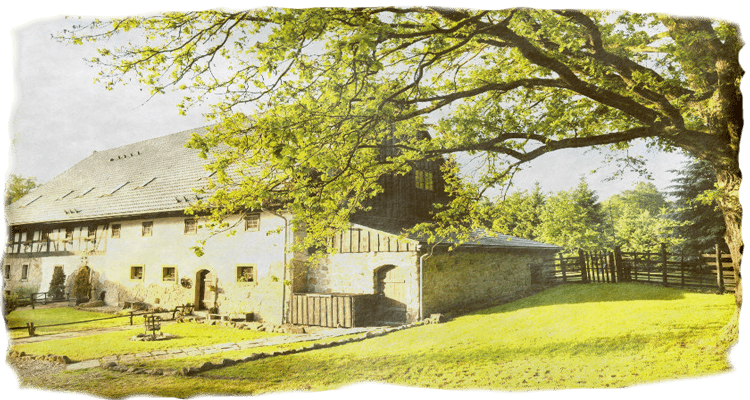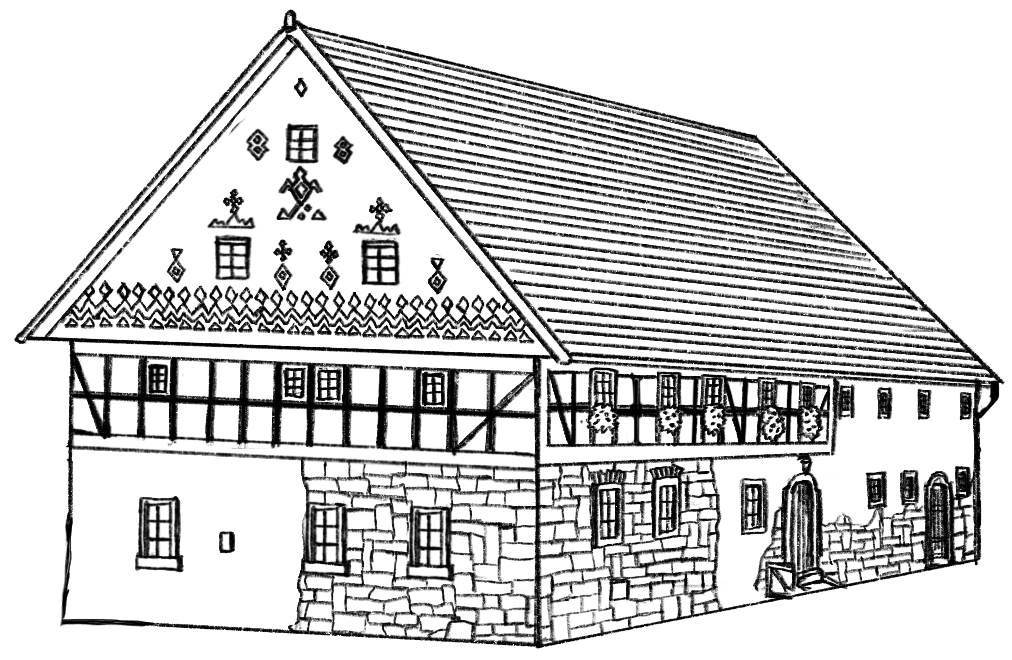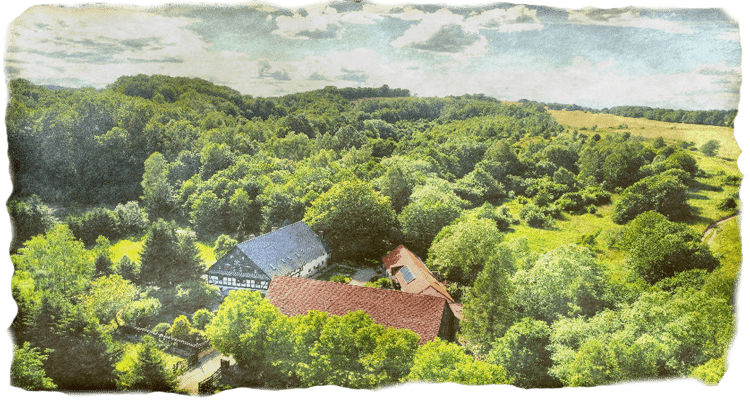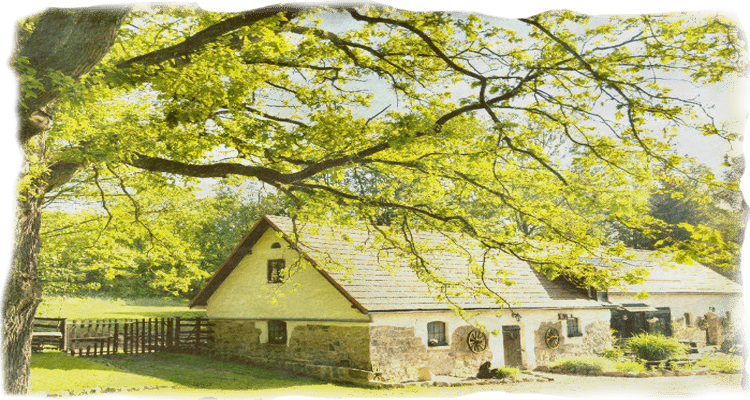A War for Silesia – and What Remains Today
Prussia’s Rise – Frederick’s Bold Move
When Frederick II ascended the Prussian throne in 1740, his kingdom was known for military ambition but lacked political clout. The sudden death of Emperor Charles VI and the succession of his daughter, Maria Theresa, created a vacuum of power. Frederick seized the moment. His goal: Silesia – economically powerful, strategically located, and only lightly defended.
Without a formal declaration of war, Prussian troops marched into Silesia in December 1740. It was a bold and controversial act, as Maria Theresa had barely secured her claim to the Habsburg throne. The First Silesian War marked the beginning of a series of armed conflicts – later known as the Silesian Wars – and formed part of the larger War of Austrian Succession.
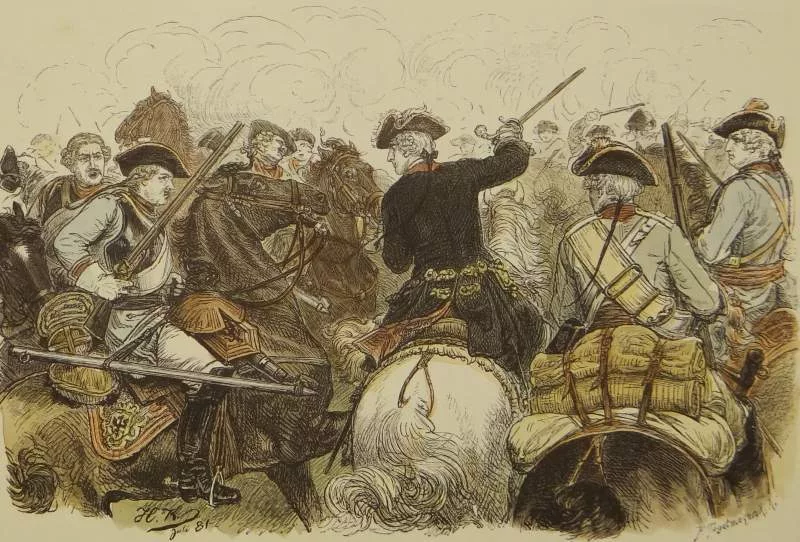
Frederick II and his horsemen during a battle
A Swift Campaign – Strategy and Terrain
Although the war lasted just two years, it was brutal and left deep scars. Prussia’s army was modern, well-disciplined, and tactically efficient. The Habsburgs responded with resilience, forging alliances with Saxony, England, and other powers. Western Silesia – including the area around Jawor, Świdnica, and Lwówek Śląski – became a key corridor for troop movements and supply lines.
Major battles, like the one at Mollwitz in April 1741, took place further east. But in the west, the region’s roads, bridges, and villages were militarized, resources requisitioned, and territory repeatedly contested. Civilians endured forced contributions, troop quartering, and widespread uncertainty. After the Treaty of Breslau in 1742, Silesia was permanently ceded to Prussia – a turning point for the region and for European politics.

The Prussian infantry under Field Marshal Count Kurt von Schwerin at Mollwitz.
Traces of War – Silent Witnesses in the Landscape
Today, few visible remnants of the conflict remain. But with historical maps and a curious mind, one can still find them: roads that once carried armies, old farmhouses damaged and rebuilt during wartime, or river crossings that held strategic importance. Around Lwówek Śląski, records mention former encampments and supply lines – silent witnesses to turbulent times.
Museums in places like Jelenia Góra or Czocha Castle offer deeper insights into the era and its impact. What makes historical exploration here so rewarding is the contrast: the present-day tranquility of the region amplifies the echoes of the past – making history feel all the more alive.

The Oak Lodge And Your View Into The Past
Amid this historically rich landscape lies Oak Lodge. While the main building was lastly reconstructed after the First Silesian War, the site was likely occupied even earlier – perhaps by farmers, tradespeople, or travelers navigating a land between empires. The ancient oak in the courtyard may well have stood witness to it all.
With its central location between Lwówek Śląski, Gryfów Śląski, and the Queis Valley, the Lodge is a perfect base for historical exploration. Whether your interest is military history, social change, or cultural heritage, Oak Lodge offers a peaceful and inspiring retreat. And perhaps, while looking out across the fields, you’ll sense something of that world in which Prussia rose – and Silesia was forever changed.
Distance:
Varies
Drive time:
Depends
Duration:
Entire Stay


